Introduction To Salmon Fishing Regions
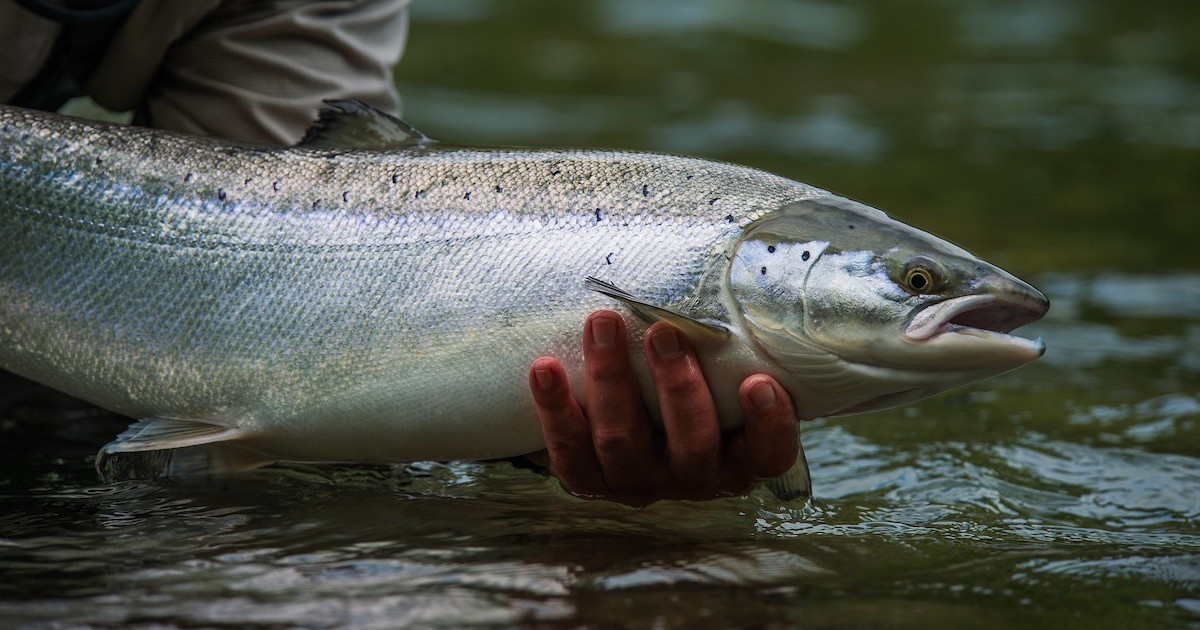
Salmon fishing is a popular activity around the world, with different regions offering unique opportunities for anglers. From the Pacific Northwest in the United States to Alaska, British Columbia, and even Scandinavia, there are numerous locations where salmon can be caught. These regions are influenced by various factors such as climate, ocean currents, and abundance of food sources, which make them ideal habitats for salmon. Understanding the different fishing regions and their characteristics can help anglers plan their trips and increase their chances of a successful catch. Whether it’s the pristine rivers of Alaska or the rugged coastline of Scandinavia, salmon fishing regions offer breathtaking landscapes and unforgettable experiences for any fishing enthusiast.
Overview Of Different Locations Where Salmon Is Caught
Salmon can be caught in various locations around the world, each offering its own unique experiences and opportunities for anglers. Some of the notable regions include the Pacific Northwest in the United States, Alaska, British Columbia in Canada, and Scandinavia. These regions are known for their abundance of salmon and provide stunning landscapes for fishing. The Pacific Northwest is famous for its rivers in Oregon and Washington, while Alaska offers vast fishing grounds and diverse species. British Columbia is home to a thriving salmon fishing industry, and Scandinavia, particularly Norway and Sweden, boasts pristine rivers and sustainable fishing practices. Exploration of these regions guarantees an unforgettable salmon fishing adventure.
Factors Influencing Salmon Fishing Regions
Different factors can influence salmon fishing regions. One crucial factor is the presence of suitable habitats, such as rivers and streams, where salmon can spawn and complete their life cycles. The availability of food sources, including prey fish and invertebrates, also plays a significant role. Climate and water temperature are important considerations, as salmon require specific conditions for migration, feeding, and spawning. Additionally, fishing regulations, including catch limits and conservation efforts, are implemented to ensure sustainable fishing practices and protect salmon populations. Economic factors, such as demand for salmon, can also influence fishing regions, as commercially viable areas attract fishing activities. Overall, a combination of ecological, environmental, regulatory, and economic factors determines the specific locations where salmon fishing occurs.
Pacific Northwest

Salmon fishing in the Pacific Northwest, particularly in the states of Oregon and Washington, is a significant part of the region’s fishing industry. With the abundance of rivers and streams, these areas provide ideal habitats for salmon to spawn and complete their life cycles. The commercial and sport fishing sectors in this region heavily rely on the salmon populations for their livelihoods and recreational activities. The Pacific Northwest is known for its unique characteristics of salmon, including the presence of five different species: Chinook, coho, pink, chum, and sockeye. Fishing in this region is not just a way of life, but also a cultural tradition that has been passed down for generations.
Salmon Fishing In Oregon And Washington
Salmon fishing in Oregon and Washington is highly popular and attracts anglers from around the world. The abundant rivers and streams in these states provide ideal habitats for salmon to spawn and complete their life cycles. The Columbia River system, which runs through both states, is known for its significant salmon runs. Anglers can also explore the coastal areas and Puget Sound in Washington, as well as the Deschutes River and other tributaries in Oregon. These locations offer diverse fishing opportunities and the chance to catch various species of salmon.
Unique Characteristics Of Pacific Northwest Salmon
The Pacific Northwest is known for its unique and abundant salmon populations. These fish possess distinct characteristics that set them apart from salmon found in other regions. Pacific Northwest salmon are anadromous, meaning they spend the early part of their lives in freshwater rivers and then migrate to the ocean to mature. They also have adaptations that allow them to navigate through challenging river systems, including the ability to jump through rapids and waterfalls. Additionally, Pacific Northwest salmon have rich flavor profiles due to their diet of marine organisms, making them highly sought after by anglers and seafood lovers alike.
Alaska

Salmon fishing in Alaska is a major industry and a significant part of the state’s culture. Alaska offers abundant fishing grounds for various salmon species, including Chinook, Coho, Sockeye, Pink, and Chum. The state’s diverse ecosystems, including rivers, lakes, and coastal waters, provide ideal habitats for salmon. Alaska’s salmon fishing season varies depending on the species, with different runs occurring throughout the year. Commercial, recreational, and subsistence fishing are all important components of Alaska’s salmon industry, supporting local communities and providing a sustainable source of high-quality seafood. Regulations and conservation efforts are in place to protect salmon populations and maintain their ecological balance.
Alaskan Salmon Fishing Grounds
Alaska offers a multitude of prime fishing grounds for salmon enthusiasts. Some notable spots include Bristol Bay, which hosts the largest sockeye salmon harvest globally, with millions of fish returning each year. Other significant fishing grounds in Alaska include Cook Inlet, Prince William Sound, and Chignik Lagoon, where substantial harvests of sockeye salmon can be found. These areas are regulated under a limited entry system, ensuring sustainable fishing practices and protecting the salmon population for future generations. The diverse ecosystems of Alaska provide ideal habitats for various salmon species, making it a premier destination for salmon fishing.
Seasonality And Species Diversity In Alaska
Alaska’s salmon fishing season varies depending on the species and fishing location. The fishing season typically begins in late spring and extends into early fall. Throughout this period, different species of salmon, including sockeye, pink, coho, chum, and king salmon, migrate to various Alaskan rivers and streams to spawn. This seasonality allows anglers to target different salmon species at different times during the year. Moreover, the diverse geography of Alaska provides ideal conditions for multiple salmon species, contributing to the overall species diversity in the area.
British Columbia
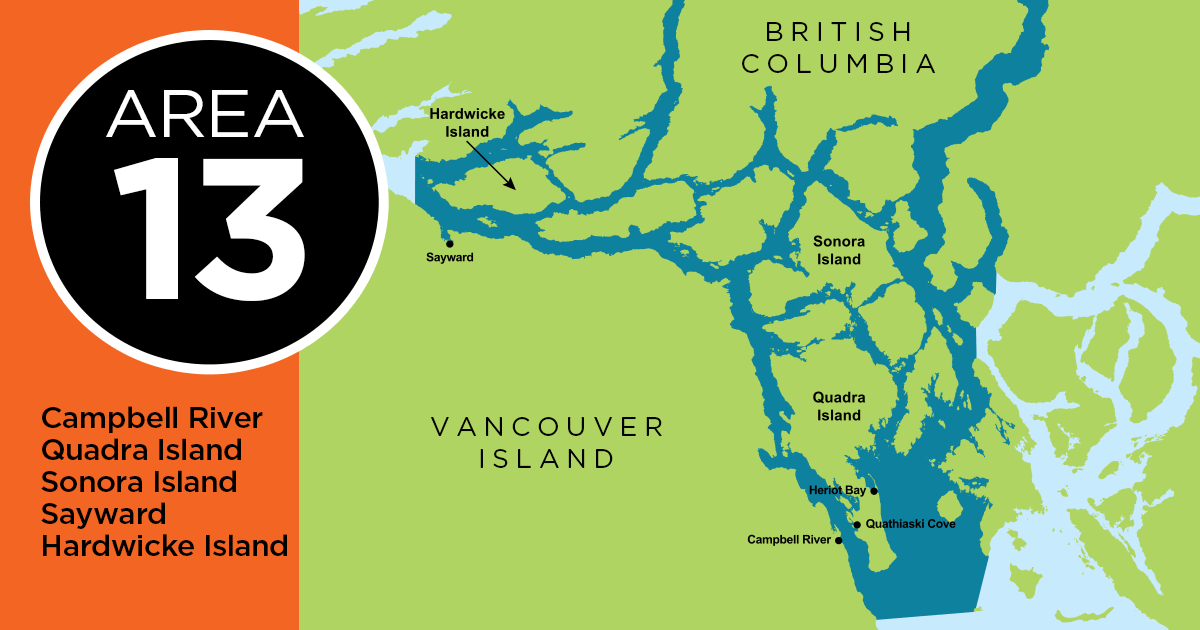
Situated on the west coast of Canada, British Columbia offers an exceptional salmon fishing experience. Renowned for its diverse fishing grounds, BC is divided into four main regions: Haida Gwaii, Vancouver Island, the Central Coast, and the North Coast. These areas provide anglers with various salmon species, including Chinook, Coho, Sockeye, Pink, and Chum. Each region has its own unique characteristics and fishing regulations, ensuring a well-rounded and exciting fishing adventure. British Columbia’s stunning natural landscapes, abundance of fish, and sustainable fishing practices make it a top destination for salmon fishing enthusiasts.
Salmon Fishing Industry In British Columbia
The salmon fishing industry in British Columbia is a vital component of the province’s economy and cultural heritage. With its abundance of fishing grounds and diverse salmon species, BC offers a lucrative and sustainable industry for both commercial and recreational fishermen. The industry supports numerous jobs and attracts anglers from around the world. Strict regulations and conservation efforts are in place to ensure the long-term viability of the salmon population. British Columbia’s commitment to sustainable fishing practices has earned it a reputation as a leading destination for salmon fishing.
Notable Fishing Regions And Regulations
British Columbia is home to several notable fishing regions for salmon. The North Coast, central coast, and Haida Gwaii are popular destinations for anglers. These regions offer diverse salmon species, including Chinook, Coho, and Sockeye. To ensure the sustainability of the salmon population, British Columbia has implemented strict regulations. These regulations include catch limits, fishing seasons, and the use of selective fishing techniques. Areas such as the Great Bear Rainforest have additional conservation measures in place to protect salmon habitat. These regulations play a crucial role in maintaining healthy salmon populations and preserving the fishing industry in British Columbia.
Scandinavia
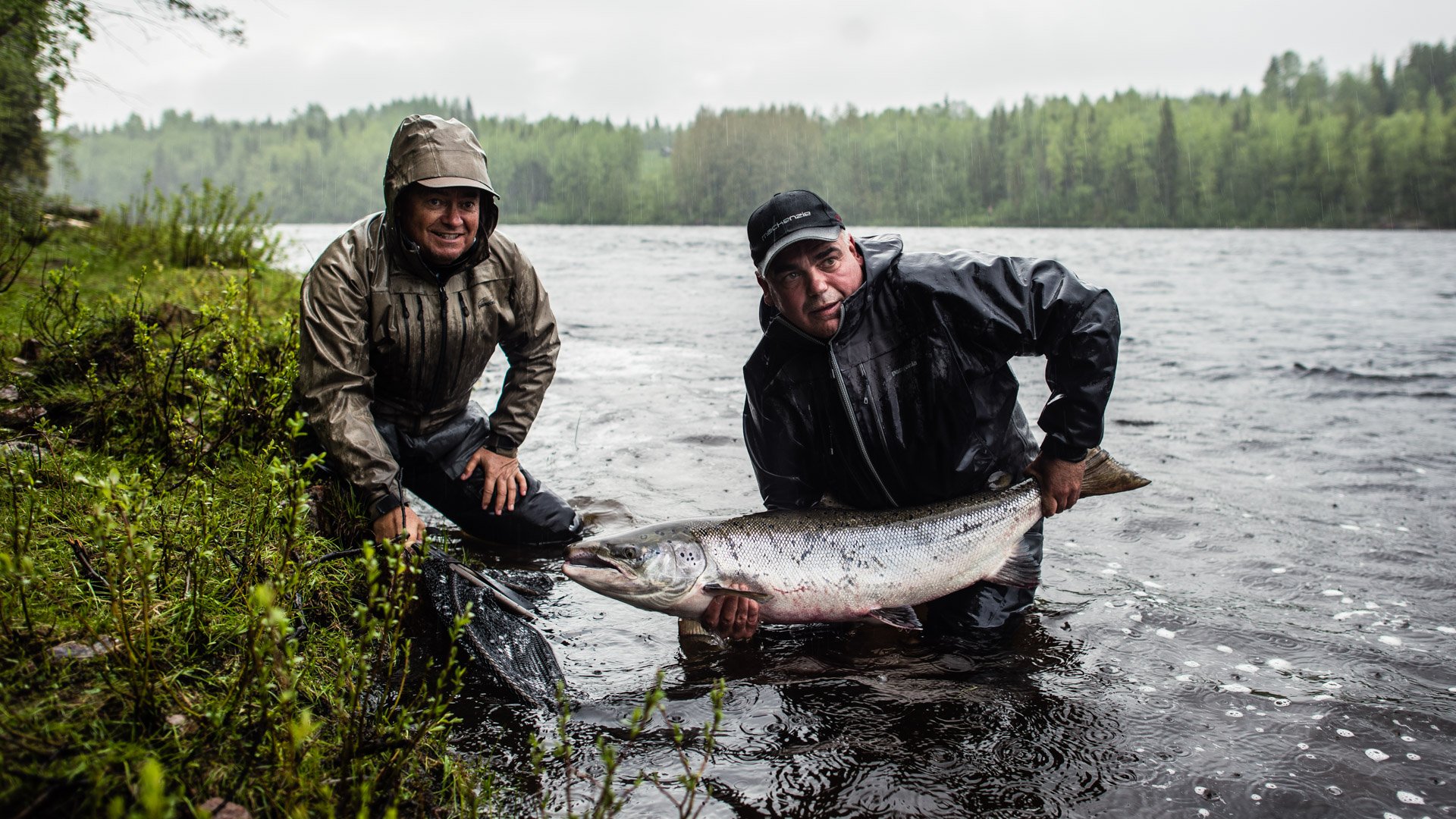
Scandinavia is another region known for its salmon fishing opportunities. Norway and Sweden are particularly popular destinations for anglers seeking to catch salmon. The rivers and lakes of Scandinavia provide excellent habitats for salmon, and the scenic landscapes create a captivating backdrop for fishing. Environmental considerations and sustainable practices are emphasized in this region to ensure the long-term viability of the salmon population. Anglers can experience the thrill of battling these powerful fish while appreciating the natural beauty of Scandinavia.
Salmon Fishing In Norway And Sweden
Salmon fishing in Norway and Sweden offers incredible opportunities for anglers seeking to catch these prized fish. The rivers and lakes of these Scandinavian countries provide ideal habitats for salmon, and the stunning landscapes add to the allure of the fishing experience. Norway, known as the kingdom of wild salmon, has some of the world’s best and most iconic salmon rivers. Sweden also boasts excellent salmon fishing regions. Both countries prioritize environmental considerations and sustainable practices to preserve the long-term viability of the salmon population. Fishing in Norway and Sweden allows anglers to enjoy the thrill of battling powerful salmon while immersing themselves in the natural beauty of these regions.
Source:
Environmental Considerations And Sustainable Practices
In the realm of salmon fishing, environmental considerations and sustainable practices play a vital role. Both Norway and Sweden prioritize the long-term viability of salmon populations through various measures. These include promoting catch and release practices, implementing fishing quotas and restrictions, and ensuring the protection of spawning grounds and habitats. Additionally, efforts are made to minimize the use of harmful fishing gear and reduce the impact of human activities on the ecosystem. By adopting these sustainable practices, both countries strive to maintain a balance between salmon fishing and conservation, ensuring the continued success of this beloved sport.
Conclusion
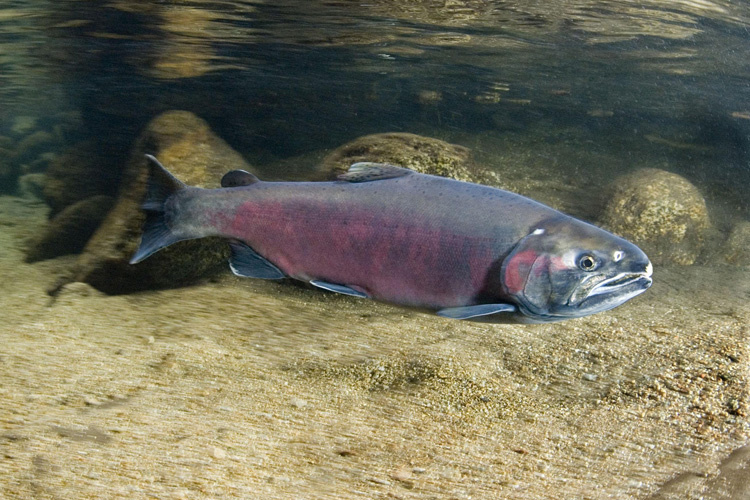
In conclusion, exploring the various salmon fishing regions reveals the diverse and sustainable practices employed to ensure the long-term viability of salmon populations. From the Pacific Northwest to Alaska, British Columbia, and Scandinavia, each region has its unique characteristics and regulations. The conservation efforts, such as catch and release practices, fishing quotas, and protection of habitats, highlight the commitment to balancing salmon fishing with environmental considerations. As we move forward, it is crucial to continue promoting sustainable practices and conservation efforts to secure the future of this beloved sport and protect the salmon populations for generations to come.
Key Takeaways From Exploring Different Salmon Fishing Regions
Exploring different salmon fishing regions reveals the importance of sustainable practices and conservation efforts in maintaining the long-term viability of salmon populations. Key takeaways include:
- Diverse fishing regions: Salmon are caught in various locations, each with its unique characteristics and regulations.
- Conservation efforts: Catch and release practices, fishing quotas, and protection of habitats are crucial for preserving salmon populations.
- Seasonality and species diversity: Understanding the seasonal patterns and diverse salmon species in different regions is essential for successful fishing.
- Environmental considerations: Sustainable practices and minimizing the impact on natural habitats are vital for the future of salmon fishing.
- Collaboration and future trends: Continued collaboration between fishermen, scientists, and policymakers is necessary to ensure the sustainability of salmon fishing for generations to come.
Future Trends In Salmon Fishing And Conservation Efforts
Future trends in salmon fishing and conservation efforts involve a greater emphasis on sustainability and responsible fishing practices. This includes advancements in fishing technology to reduce bycatch and protect salmon habitats. Collaborative efforts between fishermen, scientists, and policymakers will continue to play a crucial role in implementing and enforcing regulations that promote the long-term viability of salmon populations. Additionally, increased public awareness and education about the importance of sustainable fishing practices will help to promote conservation efforts and ensure the future of salmon fishing for generations to come.
FAQ About Where Are Salmon Caught: Exploring Fishing Regions
Q: What are some popular regions for catching salmon?
A: Some popular regions for catching salmon include the Pacific Northwest in the United States, Alaska, British Columbia in Canada, Norway, and Russia.
Q: Are there specific seasons for salmon fishing in different regions?
A: Yes, salmon fishing seasons vary by region due to the migration patterns of different salmon species. It’s essential to research the specific regions and their corresponding seasons for the best fishing opportunities.
Q: Can salmon be caught in freshwater as well?
A: Yes, salmon can be caught in both freshwater and saltwater environments. Different species of salmon have varying preferences for where they spawn and feed, leading to opportunities for freshwater fishing in rivers and streams.
Q: What are some techniques commonly used for catching salmon in various regions?
A: Popular techniques for catching salmon include fly fishing, trolling with downriggers, drift fishing with bait or lures, and casting with spinners or spoons. The choice of technique often depends on the region and the specific salmon species targeted.
Q: Are there restrictions or regulations on salmon fishing in different regions?
A: Yes, most regions have regulations in place to protect salmon populations and ensure sustainable fishing practices. These regulations may include catch limits, size restrictions, specific gear requirements, and designated fishing seasons. It’s crucial for anglers to familiarize themselves with local fishing regulations before heading out to fish for salmon.
Q: How can one find the best fishing spots for salmon in different regions?
A: To find the best fishing spots for salmon in different regions, anglers can consult local fishing guides, talk to experienced anglers, research online forums and websites, and consider hiring a professional fishing charter service. Local knowledge and expertise can greatly enhance the fishing experience and increase the chances of a successful catch.
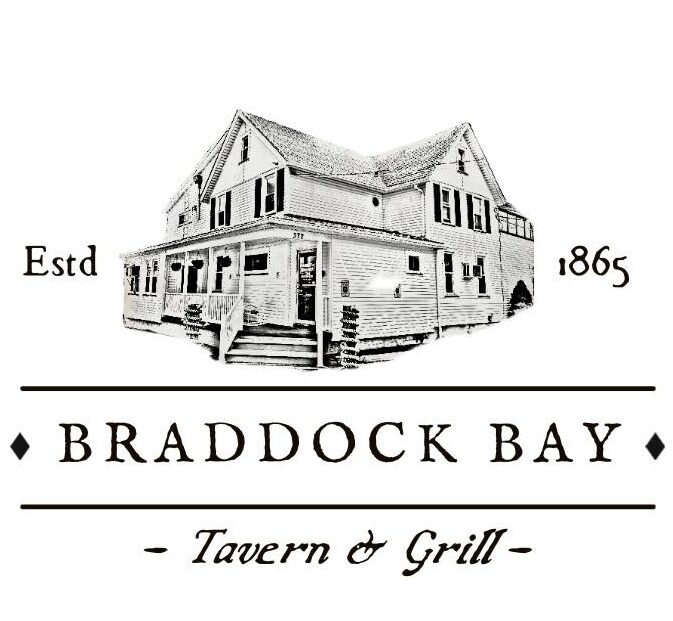
Welcome to Braddock Bay Tavern & Grill, where history, delicious cuisine, and stunning views come together to create an unforgettable experience. Our restaurant, situated on the picturesque edge of Lake Ontario, has a rich history that adds a unique charm to your dining experience. The roots of our establishment can be traced back to 1865, when it was first constructed as an icehouse. Over the years, it transformed into the historic Braddock Bay Hotel, becoming a beloved local landmark. Today, we take pride in preserving the building’s historical beauty, ensuring that every visit to our restaurant is a journey through time.